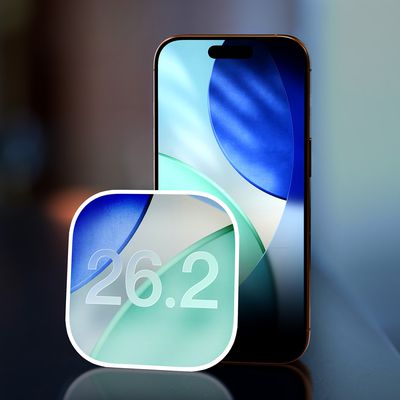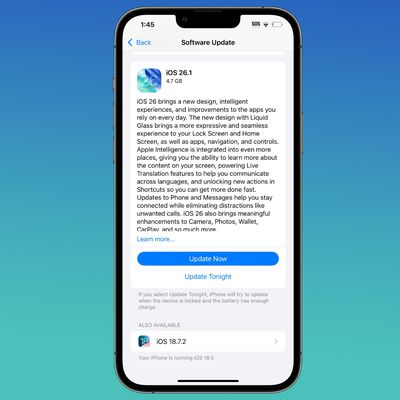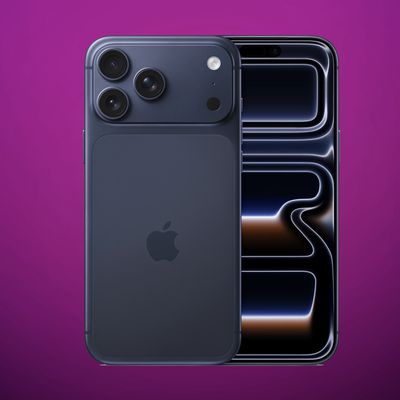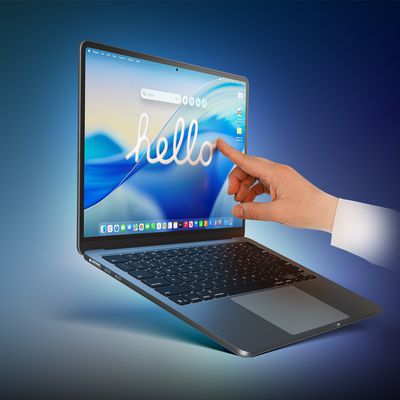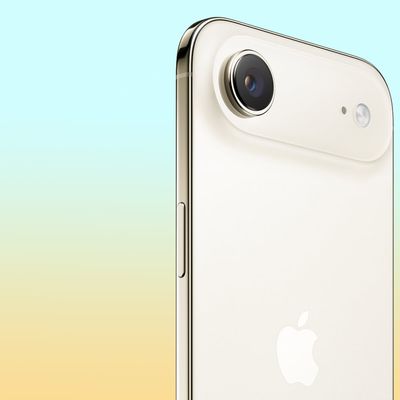Airline Industry Remains Divided Over Personal Electronics Usage During Takeoff and Landing
 Earlier this year, we noted that the U.S. Federal Aviation Administration (FAA) was continuing to look at the use of personal electronic devices during the taxi, takeoff, and landing phases of commercial flights, hoping to take action by the end of the year to loosen restrictions currently requiring that all devices be powered down during these times.
Earlier this year, we noted that the U.S. Federal Aviation Administration (FAA) was continuing to look at the use of personal electronic devices during the taxi, takeoff, and landing phases of commercial flights, hoping to take action by the end of the year to loosen restrictions currently requiring that all devices be powered down during these times.
Bloomberg now provides another update on the situation, noting that the airline industry remains divided over whether restrictions should be relaxed as reports of possible interference between these devices and aircraft electronics continue to surface. The report leads with a brief anecdote involving an iPhone:
The regional airliner was climbing past 9,000 feet when its compasses went haywire, leading pilots several miles off course until a flight attendant persuaded a passenger in row 9 to switch off an Apple Inc. iPhone.
“The timing of the cellphone being turned off coincided with the moment where our heading problem was solved,” the unidentified co-pilot told NASA’s Aviation Safety Reporting System about the 2011 incident. The plane landed safely.
Despite the fact that correlation does not necessarily imply causation, some pilots and airlines remain concerned over the potential impact of these electronic devices on their aircraft. The International Air Transport Association collected a list of 75 suspected cases of interference between 2003 and 2009 and airlines are continuing to see occasional reports, although some remain in favor of relaxing the regulations.
Even Delta Air Lines Inc., which argued for relaxed rules, told the U.S. Federal Aviation Administration its pilots and mechanics reported 27 suspected incidents of passenger electronics causing aircraft malfunctions from 2010 to 2012. Atlanta-based Delta said it couldn’t verify there was interference in any of those cases.
The airline industry has been divided. Delta said in its filing that it welcomes more electronics use because that’s what its passengers wanted. United Continental Holdings Inc. said it preferred no changes because they’d be difficult for flight attendants to enforce.
Just last week, a study indicated that 30% of U.S. airline passengers who have brought electronic devices onboard have accidentally left them on at least once.
With increased connectivity in the air through in-flight Wi-Fi and pilots even taking advantage of iPads to replace their traditional flight bags weighing 30-40 pounds, consumer demand for increased access to their electronic devices during flight has raised visibility of the debate over whether such devices pose risks during critical phases of flight. For now, the debate continues to play out as both sides seek to use scientific data to back up their positions.
Popular Stories
We're getting closer to the launch of the final major iOS update of the year, with Apple set to release iOS 26.2 in December. We've had three betas so far and are expecting a fourth beta or a release candidate this week, so a launch could follow as soon as next week.
Past Launch Dates
Apple's past iOS x.2 updates from the last few years have all happened right around the middle of the...
Apple is encouraging iPhone users who are still running iOS 18 to upgrade to iOS 26 by making the iOS 26 software upgrade option more prominent.
Since iOS 26 launched in September, it has been displayed as an optional upgrade at the bottom of the Software Update interface in the Settings app. iOS 18 has been the default operating system option, and users running iOS 18 have seen iOS 18...
Apple is expected to launch a new foldable iPhone next year, based on multiple rumors and credible sources. The long-awaited device has been rumored for years now, but signs increasingly suggest that 2026 could indeed be the year that Apple releases its first foldable device.
Subscribe to the MacRumors YouTube channel for more videos.
Below, we've collated an updated set of key details that ...
Apple's iPhone 17 lineup is selling well enough that Apple is on track to ship more than 247.4 million total iPhones in 2025, according to a new report from IDC.
Total 2025 shipments are forecast to grow 6.1 percent year over year due to iPhone 17 demand and increased sales in China, a major market for Apple.
Overall worldwide smartphone shipments across Android and iOS are forecast to...
Apple today seeded the release candidate versions of upcoming iOS 26.2 and iPadOS 26.2 updates to developers and public beta testers, with the software coming two weeks after Apple seeded the third betas. The release candidates represent the final versions of iOS 26.2 and iPadOS 26.2 that will be provided to the public if no further bugs are found during this final week of testing....
2026 could be a bumper year for Apple's Mac lineup, with the company expected to announce as many as four separate MacBook launches. Rumors suggest Apple will court both ends of the consumer spectrum, with more affordable options for students and feature-rich premium lines for users that seek the highest specifications from a laptop.
Below is a breakdown of what we're expecting over the next ...
In a statement shared with Bloomberg on Wednesday, Apple confirmed that its software design chief Alan Dye will be leaving. Apple said Dye will be succeeded by Stephen Lemay, who has been a software designer at the company since 1999.
Meta CEO Mark Zuckerberg announced that Dye will lead a new creative studio within the company's AR/VR division Reality Labs.
On his blog Daring Fireball,...
The iPhone Air has recorded the steepest early resale value drop of any iPhone model in years, with new data showing that several configurations have lost almost 50% of their value within ten weeks of launch.
According to a ten-week analysis published by SellCell, Apple's latest lineup is showing a pronounced split in resale performance between the iPhone 17 models and the iPhone Air....
iPhone 17 Pro models, it turns out, can't take photos in Night mode when Portrait mode is selected in the Camera app – a capability that's been available on Apple's Pro devices since the iPhone 12 Pro in 2020.
If you're an iPhone 17 Pro or iPhone 17 Pro Max owner, try it for yourself: Open the Camera app with Photo selected in the carousel, then cover the rear lenses with your hand to...
OpenAI is deprioritizing work on advertising as it focuses on improving the quality of ChatGPT, reports The Information. OpenAI CEO Sam Altman declared a "code red" on Monday, and told employees that the company needs to improve ChatGPT so it doesn't fall behind competitors like Google and Anthropic.
Altman said that OpenAI needs to work on personalization for each user, image generation,...
 Earlier this year, we noted that the U.S. Federal Aviation Administration (FAA) was continuing to look at the use of personal electronic devices during the taxi, takeoff, and landing phases of commercial flights, hoping to take action by the end of the year to loosen restrictions currently requiring that all devices be powered down during these times.
Earlier this year, we noted that the U.S. Federal Aviation Administration (FAA) was continuing to look at the use of personal electronic devices during the taxi, takeoff, and landing phases of commercial flights, hoping to take action by the end of the year to loosen restrictions currently requiring that all devices be powered down during these times.

